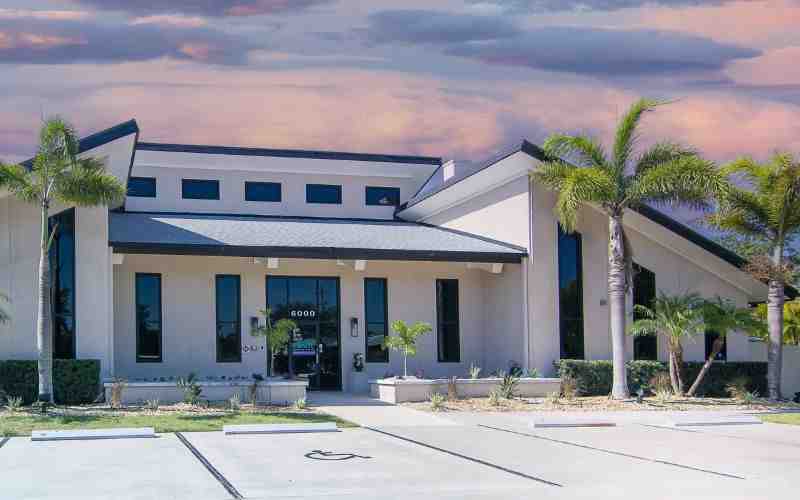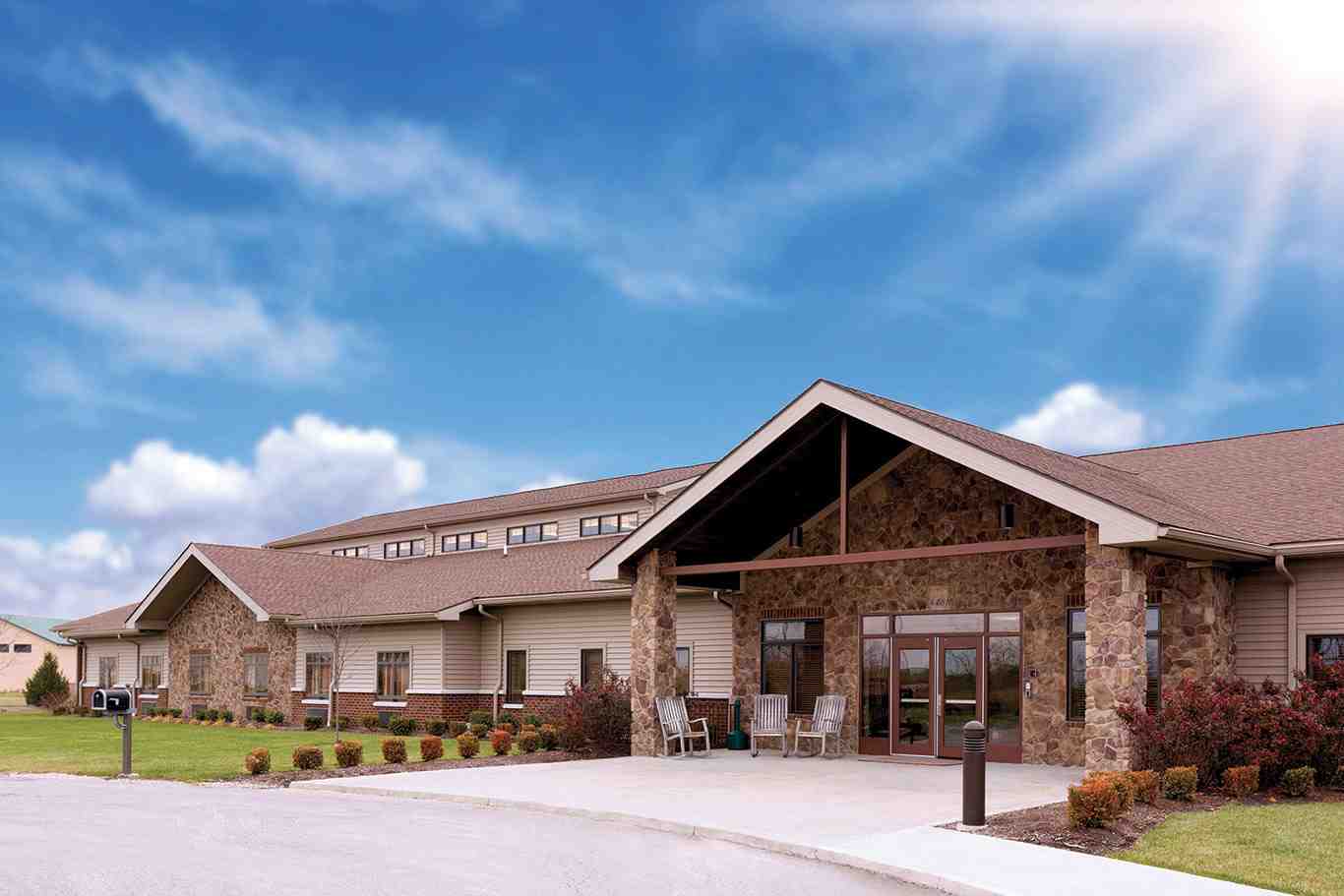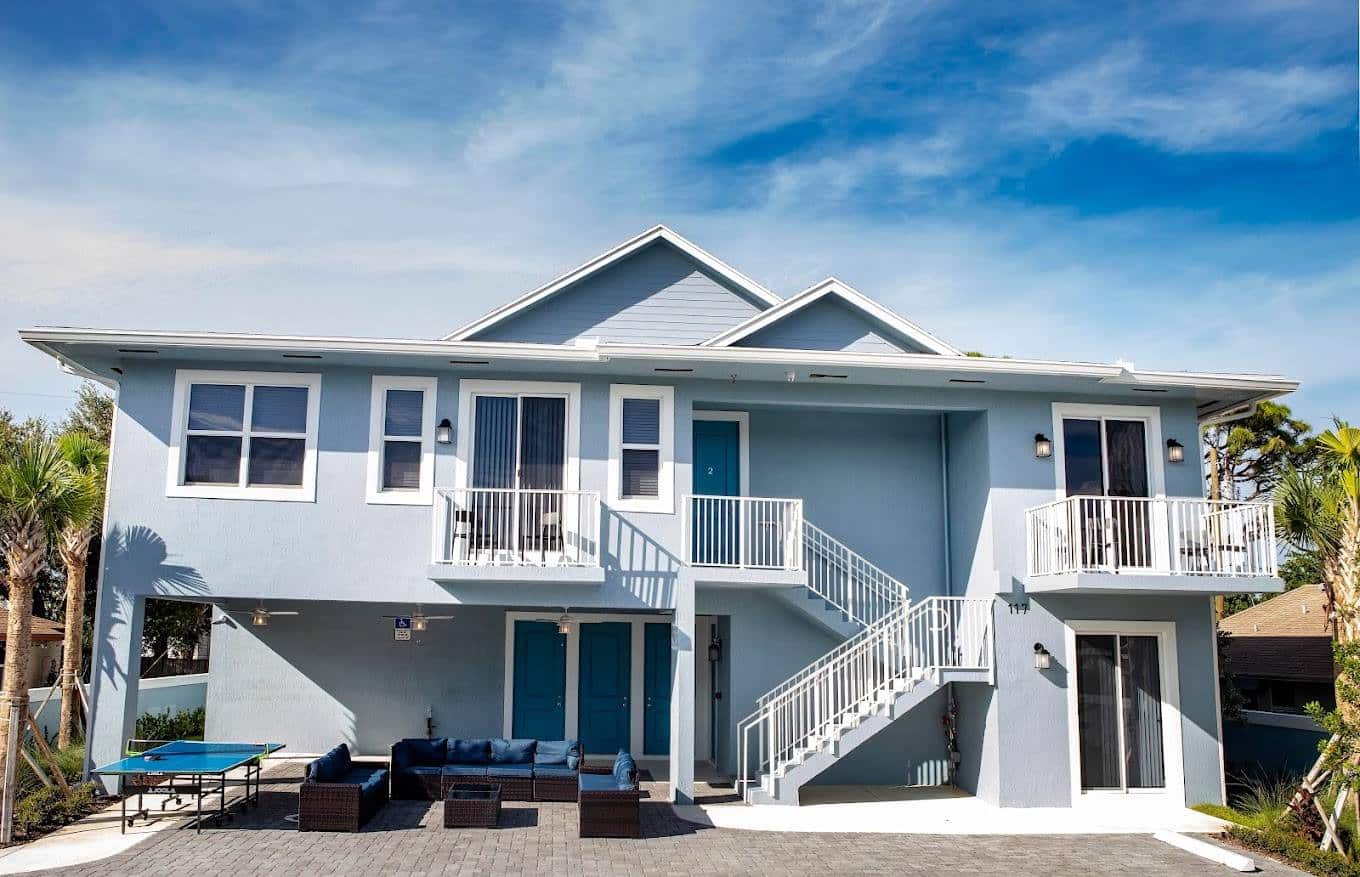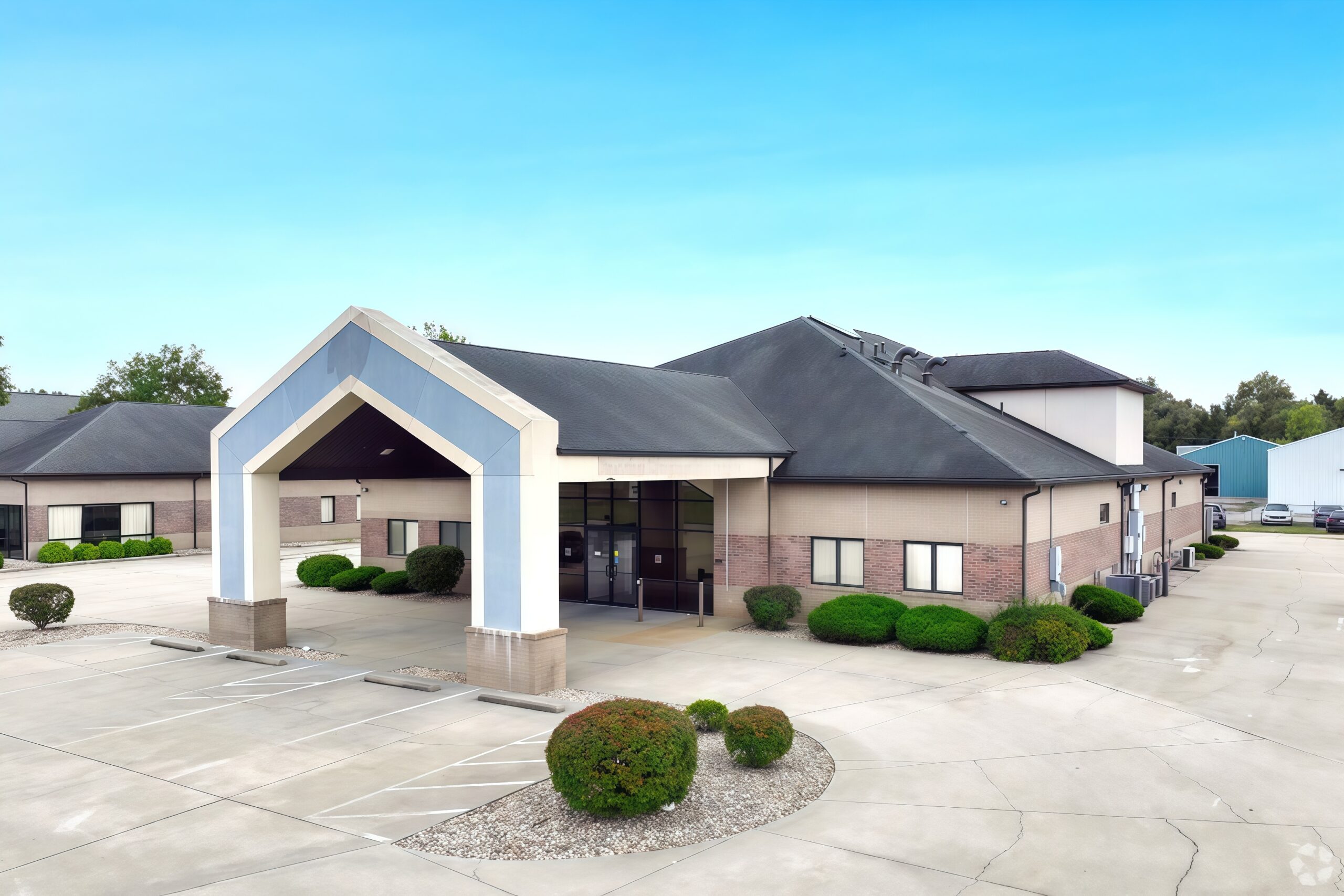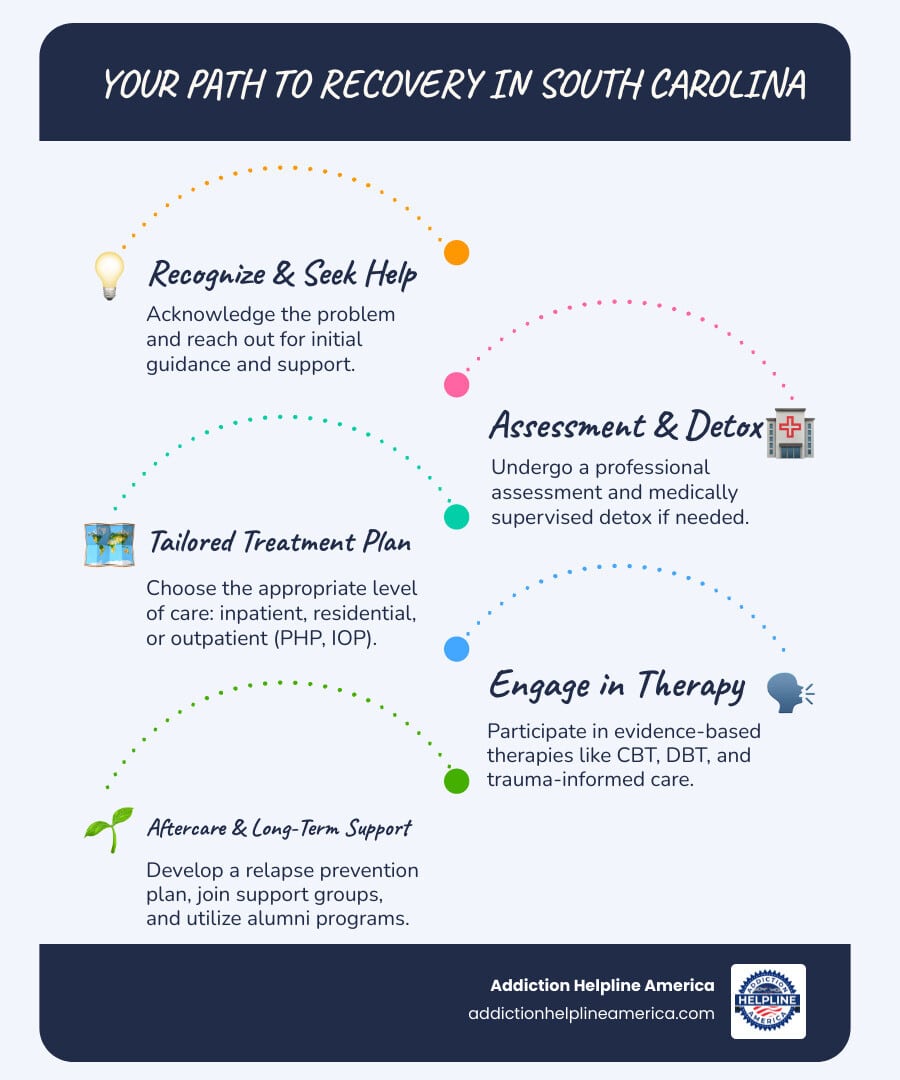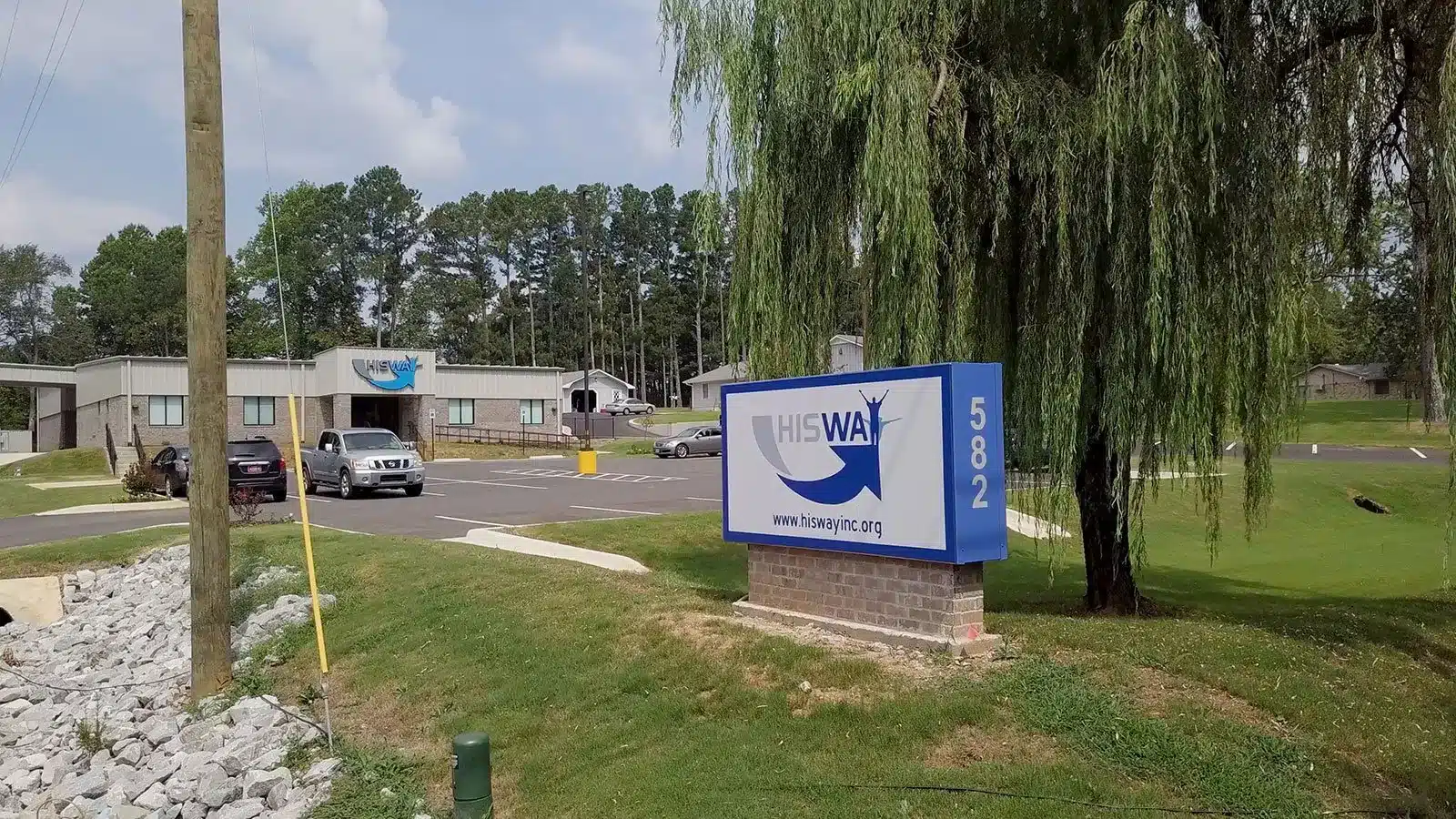
Understanding Inpatient Cocaine Rehab: A Path to Recovery
Inpatient cocaine rehab is a residential treatment program where individuals live at a specialized facility 24/7 while receiving intensive, supervised care for cocaine addiction. Here’s what you need to know:
- What it is: A live-in program providing around-the-clock medical supervision, therapy, and support in a structured, substance-free environment.
- Who needs it: People with severe cocaine addiction, unstable home environments, co-occurring mental health disorders, or who have relapsed after outpatient treatment.
- How long it lasts: Typically 30, 60, or 90 days, with research showing longer programs have higher success rates.
- What’s included: Medical detox, individual and group therapy, educational workshops, relapse prevention planning, and aftercare support.
- Why it works: Removes you from triggers, provides intensive daily treatment, and surrounds you with professional support and peers in recovery.
Cocaine addiction impairs rational thinking, making it nearly impossible to quit alone. But there is hope: around 75% of adults overcome their addiction, and inpatient treatment is one of the most effective paths to recovery.
Choosing to get help is a sign of strength. Inpatient rehab provides a safe, structured environment away from daily triggers, allowing you to focus on healing. With 24/7 medical care, proven therapies, and a supportive community, you can gain the tools to break free from cocaine’s grip.
At Addiction Helpline America, we’ve spent years connecting individuals and families with quality inpatient cocaine rehab programs nationwide, providing confidential guidance and personalized treatment referrals. Our mission is to help you find the right facility that matches your specific needs, insurance coverage, and recovery goals.
Inpatient cocaine rehab vocab explained:
What Is Inpatient Cocaine Rehab and Is It Right for You?
Inpatient cocaine rehab is a residential program where you live at a facility to focus completely on recovery with 24/7 expert help. Unlike outpatient treatment, you don’t go home at the end of the day. Instead, you stay at the center, surrounded by medical professionals and peers who understand your journey.
This around-the-clock supervision is about keeping you safe and supported during a challenging time. Cocaine cravings and triggers don’t take nights off. Inpatient care removes you from those daily temptations entirely, giving you the space to detox safely and build new coping skills without constant interference. Most programs are in residential centers focused on addiction and mental health, providing comprehensive care in a structured, substance-free environment.
| Feature | Inpatient Cocaine Rehab | Outpatient Cocaine Treatment |
|---|---|---|
| Living Situation | Reside at a facility 24/7 | Live at home, attend sessions at a clinic |
| Supervision | Around-the-clock medical and therapeutic monitoring | Scheduled appointments, no overnight supervision |
| Environment | Structured, substance-free, removed from triggers | Daily life environment, potential exposure to triggers |
| Intensity | High-intensity, daily individual and group therapy | Varies from intensive to regular weekly sessions |
| Medical Care | On-site medical staff, medically supervised detox | Referrals for medical care, detox often separate |
| Suitability | Severe addiction, unstable home, co-occurring disorders | Less severe addiction, strong home support, step-down care |
The Core Benefits of an Inpatient Program
Choosing an inpatient program gives you access to a complete recovery ecosystem designed for lasting sobriety.
- Structured Environment: A consistent daily routine of therapy and activities provides liberating structure after the chaos of addiction, eliminating idle time when cravings can strike.
- Peer Support: Living with peers who understand your struggle creates powerful bonds and a built-in support system, reducing feelings of isolation.
- Focus on Recovery: Without outside distractions, you can focus entirely on your recovery, allowing for deeper therapeutic work.
- Higher Success Rate: Research shows inpatient treatment has a higher success rate than outpatient programs, especially for severe addictions.
- Multidisciplinary Team: A team of doctors, therapists, and counselors works together to provide comprehensive care for your physical, mental, and emotional well-being.
- Safe, Substance-Free Environment: A secure facility removes you from temptation and access to drugs, providing a safe space to detox and heal.
Who Needs an Inpatient Cocaine Rehab Program?
Inpatient care becomes essential when addiction is too severe for outpatient support. Consider an inpatient program if you identify with the following:
- Severe Cocaine Use: If you have a high tolerance, frequent use, and overpowering cravings, or have tried to quit unsuccessfully, the 24/7 care of an inpatient program is essential.
- Co-occurring Mental Health Issues: Many people also struggle with anxiety, depression, or PTSD. Inpatient centers offer integrated dual diagnosis treatment, addressing both addiction and mental health simultaneously, as 50% of people with substance use disorders have co-occurring mental health conditions. For specialized care, learn about PTSD inpatient treatment.
- Unstable Home Environment: An unstable or unsupportive home filled with triggers makes recovery difficult. Inpatient rehab offers a necessary sanctuary to focus on healing.
- Previous Relapse: If you’ve relapsed after outpatient treatment, it’s a sign that you need the more intensive, controlled environment an inpatient program provides.
- Medical Complications: For medical issues resulting from cocaine use, such as heart or respiratory problems, inpatient facilities provide on-site medical staff to manage your health.
If this sounds familiar, explore more info about inpatient rehab. At Addiction Helpline America, we help people make these decisions every day.
The Treatment Journey: What to Expect Day-to-Day
Starting inpatient cocaine rehab can be nerve-wracking, but knowing what to expect helps. Your journey starts with a comprehensive assessment of your medical history, substance use, and mental health to create a personalized treatment plan.
For most, the first step is medically supervised detox. While cocaine withdrawal isn’t as dangerous as withdrawal from other substances, it is physically and emotionally draining. The Cocaine Withdrawal Effects can include:
- Intense cravings
- Fatigue and sleepiness
- Anxiety, irritability, and agitation
- Paranoia
- Anhedonia (inability to feel pleasure)
This is why 24/7 medical supervision is crucial. The staff manages symptoms and ensures your safety, making the process as comfortable as possible. Detox typically lasts three to seven days, preparing you for the therapeutic work ahead.
A Typical Day in Rehab
After detox, you’ll settle into a structured daily routine designed to promote healing. While schedules vary, a typical day balances therapy, education, and self-care.
- Mornings: Often begin with quiet reflection or meditation, followed by a healthy breakfast and a group check-in. This is also a common time for one-on-one individual therapy sessions.
- Afternoons: Usually dedicated to educational workshops on topics like addiction science and relapse prevention. You may also participate in specialized group therapy or holistic activities like yoga, art therapy, or fitness classes.
- Evenings: After dinner, many facilities host 12-step meetings (like Narcotics Anonymous) or other support groups. The day ends with time for journaling or quiet reflection before a consistent bedtime.
This daily structure provides purpose and minimizes the idle time where cravings can thrive.
Therapeutic Approaches for Cocaine Addiction
Inpatient rehab uses evidence-based therapies to help you understand the roots of your addiction and build a life where you no longer need cocaine.
- Cognitive Behavioral Therapy (CBT): CBT helps you identify and change the negative thought patterns and behaviors linked to cocaine use. You’ll learn practical strategies to cope with triggers.
- Dialectical Behavior Therapy (DBT): Especially helpful for intense emotions, DBT teaches skills in mindfulness, distress tolerance, emotion regulation, and interpersonal effectiveness.
- Motivational Interviewing (MI): This collaborative approach helps you find and strengthen your own internal motivation to get sober.
- Contingency Management (CM): CM uses positive reinforcement, like vouchers or privileges, to reward progress and reinforce positive change.
- Family Therapy: Involving loved ones in therapy helps heal damaged relationships, improve communication, and build a supportive home environment for your return.
These therapies are delivered in both individual and group settings. For more details, see our page on Therapeutic Approaches. This combination of medical support, daily structure, and proven therapies helps you learn to live differently and build a life you don’t need to escape from.
Comprehensive Care: Dual Diagnosis, Program Length, and Aftercare
A key benefit of inpatient cocaine rehab is its ability to treat the whole person. Many people struggling with cocaine are also battling co-occurring mental health conditions like anxiety, depression, or PTSD. This is called a dual diagnosis, and since approximately 50% of people with substance use disorders have co-occurring mental health conditions, integrated treatment is vital.
Quality inpatient programs provide integrated treatment, where a coordinated team addresses both your addiction and mental health simultaneously. This approach is crucial for sustainable recovery, as you’re not just resisting cravings but also developing real tools to manage underlying issues.
How Long Does Inpatient Cocaine Rehab Last?
The longer you stay in treatment, the better your chances of lasting recovery. While a shorter stay may seem appealing, research consistently shows that more time in treatment leads to better outcomes.
- 30-day programs are a common starting point, providing time for detox, stabilization, and an introduction to core recovery skills.
- 60-day programs allow for deeper therapeutic work and more time to practice new coping skills in a supportive setting.
- 90-day programs are often considered the gold standard. This duration provides the time needed to form new habits, address deep-seated issues, and build a solid foundation for sobriety. Research shows stays of 90 days or more significantly improve long-term success.
- Long-term options beyond 90 days offer extended support for those with severe addiction, often through transitional living programs.
Committing to a longer stay is a significant investment in your future, one that pays off in lasting health and well-being.
Planning for Life After Rehab
Completing inpatient rehab is a major achievement, but the journey continues. A strong aftercare plan, created with your treatment team before you leave, is critical for navigating life after rehab.
Your plan will be built around several key components:
- Relapse Prevention: You’ll identify personal triggers and create concrete strategies for managing cravings and high-risk situations.
- Sober Living Homes: These structured, substance-free environments can act as a bridge between 24/7 care and returning home.
- Outpatient Programs: Step-down care like outpatient therapy allows you to continue treatment while reintegrating into daily life. Addiction Helpline America can help coordinate this transition.
- Support Groups: Ongoing participation in groups like Narcotics Anonymous meetings or other support groups for addiction provides a vital peer community.
- Continued Counseling: Individual and family therapy helps you steer new challenges and continue strengthening relationships.
- Healthy Lifestyle: Building a new life through hobbies, exercise, or education creates a future you don’t want to escape from.
Recovery is a lifelong journey, and a solid aftercare plan is your roadmap to success.
How to Find and Pay for the Right Inpatient Program
Choosing an inpatient cocaine rehab center is a critical decision. At Addiction Helpline America, we help families steer this process and make it less stressful.
When evaluating centers, look for these key factors:
- Accreditation: Ensure the facility is accredited by The Joint Commission or CARF, which signifies high standards of care.
- Staff Credentials: The team should be licensed, certified, and experienced in treating cocaine addiction.
- Treatment Philosophy: Find a center whose approach (e.g., 12-step, evidence-based, holistic) resonates with you.
- Location and Amenities: Decide if staying close to home or getting away is better for you. Comfortable amenities can support the healing process.
- Specialized Programs: Look for programs custom to specific groups like veterans, LGBTQ+ individuals, or those with certain co-occurring disorders.
For a comprehensive guide, visit our resource on How to Choose the Right Rehab.
Understanding the Costs and Payment Options
While quality treatment is an investment, the cost of untreated addiction—in health, finances, and relationships—is far greater. Program costs vary based on luxury level, length of stay, location, and services offered. Fortunately, you have several payment options.
- Insurance Coverage: This is the most common way to pay. Most private, state, and federal plans cover addiction treatment as an essential health benefit. We can help you verify your benefits to understand exactly what your policy covers.
- Private Pay and Financing: For out-of-pocket expenses, many centers offer private pay options like payment plans or sliding scales based on income. Financing through healthcare loans is also available.
- State-Funded Programs: These programs provide quality care at little to no cost for individuals with limited financial resources. You can find them using the SAMHSA directory.
Financial concerns shouldn’t stop you from getting help. At Addiction Helpline America, our team works with individuals nationwide to find treatment solutions that fit their budget and insurance. We’re here to ensure you can access the care you need.
Frequently Asked Questions about Inpatient Cocaine Rehab
What is the success rate for cocaine rehab?
Success in recovery is personal, but the data is encouraging. Around 75% of adults overcome their addiction, though it may take several attempts. Inpatient cocaine rehab programs, especially longer stays of 60-90 days, have higher success rates than outpatient care because they provide an immersive, supportive environment.
Success is also tied to active participation in aftercare and addressing any co-occurring mental health issues. Recovery is about building a better life, and research shows 80% of recovered individuals achieve major life accomplishments after treatment. That’s the real measure of success.
What happens during cocaine detox?
Cocaine detox is the first step in rehab, managed under 24/7 medical supervision for your safety and comfort. While not typically life-threatening, withdrawal can be uncomfortable. Common symptoms include severe cravings, fatigue, anxiety, irritability, and paranoia. Medical staff provide support and may use medication to ease symptoms. The process usually lasts 5 to 7 days, after which you’ll be ready for the therapeutic work of recovery. For more details, you can read about Cocaine Withdrawal Effects.
Can I be forced to go to rehab?
While forcing someone into rehab is complex, it is sometimes possible. Many states have involuntary commitment laws (like Florida’s Marchman Act) for cases where an individual is a danger to themselves or others and cannot recognize their need for care. Court-ordered treatment is also common following drug-related legal issues.
However, a professional intervention is often a more effective first step. A trained interventionist can help your family communicate lovingly and effectively, guiding your loved one to accept help voluntarily. At Addiction Helpline America, we can help you explore these difficult options, including getting a loved one into rehab. We’ll help you understand what’s possible and what might work best for your family.
Conclusion: Take the First Step Towards a New Beginning
We’ve covered the key aspects of inpatient cocaine rehab, and the main takeaway is this: recovery is possible. Inpatient treatment provides a vital break from daily triggers, offering 24/7 medical care in a safe, structured environment. Surrounded by professionals and peers, you’ll gain the tools to address addiction and any co-occurring mental health issues, giving you the best chance to break free from cocaine’s grip.
The journey is worth it. You deserve a life free from cravings, defined by who you are, not your addiction. Recovery means reclaiming your future, and around 80% of recovered individuals achieve major life accomplishments after treatment. That could be you.
If you or someone you love is struggling, you are not alone. At Addiction Helpline America, we provide free, confidential guidance to connect you with quality treatment centers nationwide. We can help you verify insurance, find a program that fits your needs, and take the first step.
Taking that first step is the hardest but most important one. We’re just a phone call away, ready to listen without judgment and help you begin your journey toward lasting recovery.
Find the right types of treatment programs for you—because your new beginning starts today.
Our helpline is 100%
free & confidential
If you or someone you care about is struggling with drug or alcohol addiction, we can help you explore your recovery options. Don’t face this challenge alone—seek support from us.
Programs
Resources
Will my insurance
cover addiction
treatment?
We're ready to help
Find the best
drug or alcohol treatment
center
Are you or a loved one struggling with addiction? Call today to speak to a treatment expert.







